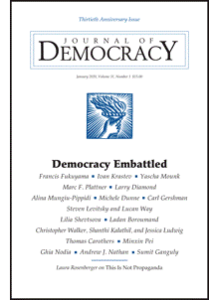 Today’s authoritarians use legal measures to subvert constitutional constraints on their power, note analysts Tim Horley, Anne Meng and Mila Versteeg.
Today’s authoritarians use legal measures to subvert constitutional constraints on their power, note analysts Tim Horley, Anne Meng and Mila Versteeg.
Our original study documents all term-limit-evasion strategies worldwide since the year 2000. We found that presidential-term-limit evasion is exceedingly common: About one-third of all presidents who reached the end of their term made a serious attempt to overstay. Two-thirds of those who made the attempt succeeded, they write for The Atlantic:
What’s particularly interesting is not only that so many presidents try to evade term limits, but that they are more and more sophisticated and legalistic in how they do so. Whereas leaders once used unmistakably authoritarian actions to stay in power, such as banning opposition parties or dismissing the legislature, today’s heads of state instead use democratic institutions and legal measures to subvert constitutional constraints on their power. More specifically, we found that there are four basic strategies for evading term limits,* none of which violates a constitution outright: adding constitutional amendments, rewriting the constitution, using the courts to reinterpret the constitution, and appointing a placeholder president.
*Also addressed in the National Endowment for Democracy’s Journal of Democracy.







